Metatarsal Boots vs. Steel Toe: Understand How to Properly Protect Your Feet with this Ultimate Comparison Guide
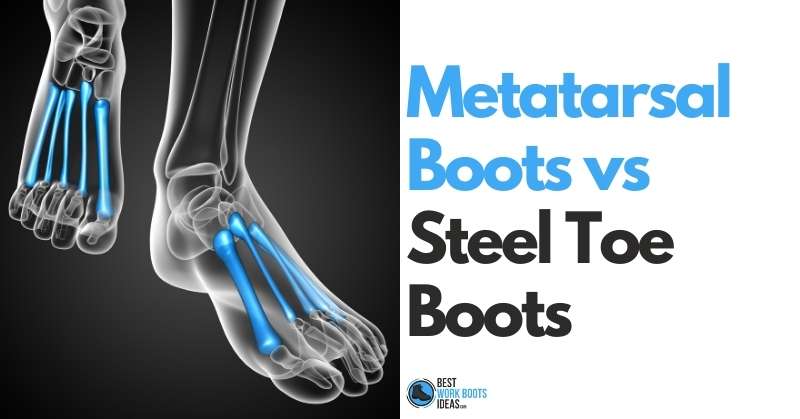
While metatarsal boots and steel toe boots will both offer protection to your feet, the level and location of that protection vary.
Steel toe caps will protect your toes, while metatarsal guards will keep the tops of your feet safe from falling or rolling objects.
Today, I will discuss the similarities, differences, and everything you need to know about these two types of protective work boots.
Contents
Are Metatarsal Boots and Steel Toe Boots Different?
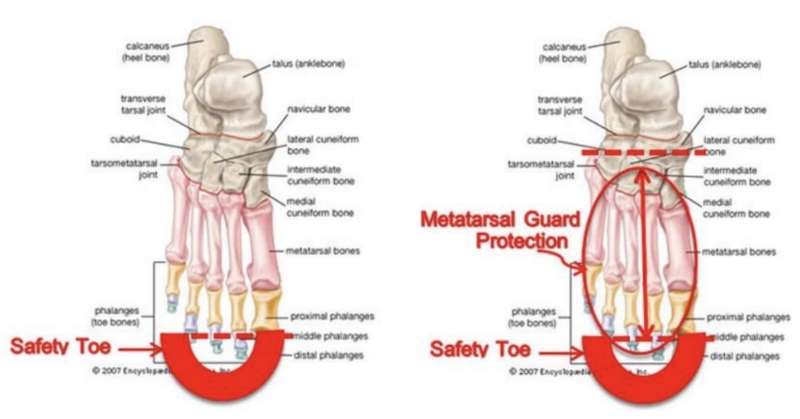
Yes! Metatarsal boots and steel toe boots are different. Steel boots will protect the front of your foot from any falling or rolling objects but won’t protect the five metatarsal bones on the top of your foot.
For that, you’ll need a pair of metatarsal boots or a metatarsal guard.
You can look at the pictures above and below to see which bones are the metatarsals and where they’re located.
In the image below, where the bone is highlighted in green, remember that this is just one of the five metatarsals, all in a row, side to side.
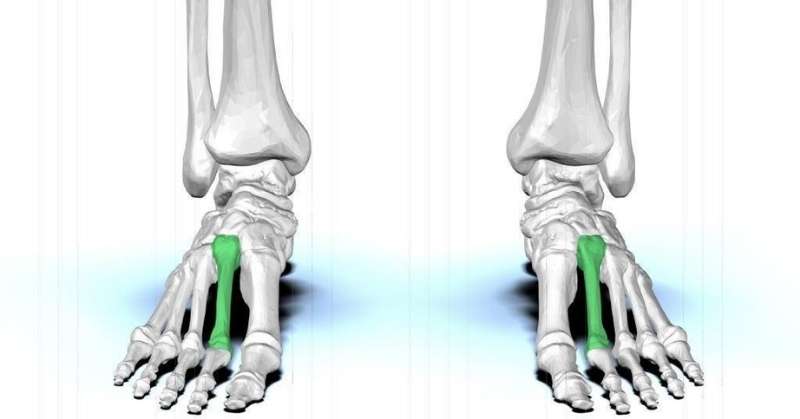
Credit: BodyParts3D is made by DBCLS., CC BY-SA 2.1 JP, via Wikimedia Commons
Described most simply, metatarsal protection simply extends the protection of a steel toe up the top of the foot.
This is great news for anyone that works with heavy, dense objects because the metatarsal bones are easy to break compared to many other bones in the body.
What Are the Differences Between Metatarsal and Steel Toe Boots?
In addition to protecting different areas of the foot, there are several differences between metatarsal boots and regular steel toe boots.
The first difference is in the price, the second is weight, the third is mobility, and the fourth is their appearance.
If you’re looking to know everything about metatarsal boots, you should check out our detailed article on that topic.
Price
As a rule of thumb, metatarsal boots will cost around 20% more than their non-metatarsal steel toe comparison.
Many boot brands will make two versions of a particular design, one with metatarsal protection and the other without.
Occasionally you’ll find that the metatarsal boot is the same price as the one without, but be wary of this.
There is likely a feature that has been left out with the metatarsal version that allows the company to sell it for the same price.
Weight
This is not a huge factor, but any additional protection for the top of your foot is going to result in a heavier boot.
This can be offset by looking for a pair of composite toe boots with metatarsal protection instead of going with steel toes.
I discussed several other factors in a recent article about the weight of steel toe caps.
That’s worth taking a look at if you’re curious about all the places that extra weight can amount in any pair of boots, not just metatarsal or steel toe boots.
Mobility
As a result of the added weight and extra material that often protrudes from the boot, wearing metatarsal boots can take a little getting used to.
While not uncomfortable, this work boot style can often feel a little awkward moving around at first.
Simply put, there’s just more boot on your foot. Don’t worry; you grow accustomed to the new feeling rather quickly.
Appearance
While some metatarsal boot designs have mastered hiding the extra protection with an internal metatarsal guard, many others have not.
The resulting appearance of an external metatarsal guard can look like a tent or even another shoe tongue on top of your laces.
That said, many brands now provide designs where you can’t tell the difference between merely steel toe and metatarsal boots.
It’s all about how long you’re willing to look for the right pair.
When Do I Need Metatarsal Boots and When Do I Need Steel Toe Boots?
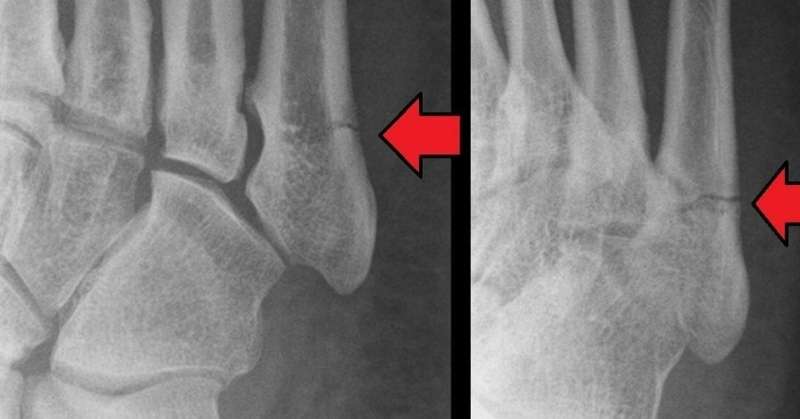
BodyParts3D is made by DBCLS., CC BY-SA 2.1 JP, via Wikimedia Commons
Metatarsal boots are best for those who work in welding, heavy industry, or logging where large, heavy objects are always in motion, particularly ones that roll or may fall.
Regular steel toe boots are great for those working in general construction that aren’t handling those types of objects.
Looking at the photo of a metatarsal fracture above, you can see that it’s probably not likely for a general laborer to get hit in that area hard enough to break a bone.
Yes, you might drop a drill or hammer, but nothing that would definitely break the bones there.
On the other hand, those working in factories, trainyards, and ports are absolutely going to drop something on this part of their foot eventually.
Welders are also protected from falling acetylene tanks and hot, liquid metal with many metatarsal designs.
As I write, I’m considering all the professions that would benefit from metatarsal protection; professional movers, union pipefitters, and the list could go on.
What’s most important is assessing the risk and reward at your own job.
As someone that did residential contracting for years, I actually preferred using soft toe, cement construction boots.
I did, however, like boots with Thinsulate insulation.
Sure, I dropped something on my foot a couple of times, but the heaviest thing I regularly handled was my table saw, and that came with wheels.
I benefited more from speed and mobility than I would have from metatarsal or even safety toe protection.
On the other hand, my friend Brian is a union pipefitter and is always working with and around materials that weigh hundreds if not thousands of pounds.
Further, he’s working with many people around him that might put him in danger if they’re careless.
I was usually with no more than two people, and I knew where they were at all times.
I didn’t have the same level or type of risk as my friend.
Are Metatarsal Guards the Same Thing as Metatarsal Boots?
Source: User:Sebastien.bruggeman, CC0, via Wikimedia Commons
There are also independent, removable metatarsal guards that you can purchase separately from the boots, but these are not the same thing as metatarsal boots. These will consist of either external metatarsal guards or an internal met guard which are built into the shoe.
While removable guards are still an option, there’s a reason why they’re not nearly as popular as metatarsal boots. Even though they provide the same protection, they are a little clunky and awkward.
Why Are Metatarsal Boots Better Than Metatarsal Guards?
Metatarsal boots are a notable improvement over metatarsal guards for many reasons.
Their comfortable level, ease of use, and mobility are closer to traditional steel toe boots than external, removable metatarsal guards.
With the removable guards, you can tell you’re wearing something on top of your boot when they’re on. You also have to take extra time to lace through the guard.
This makes it more difficult to quickly get boots on and off.
For anyone that works in the trades, you already know that will play out.
After a couple of days, you’ll grow frustrated at the extra time and effort needed at the beginning and end of each workday.
Even more frustrating, should you need to take your boot off on the job (as happens from time to time), it becomes a real hassle.
Lastly, the guard can sort of “jam” on your foot if you’re taking a very pronounced step or are running.
This is because, unlike metatarsal boots designed with the protection built into the boot, the guards are really just an afterthought.
Again, this can lead to frustration and result in a person just skipping using the guards the next day. This defeats the entire purpose in the first place!
Do All Metatarsal Boots Have Steel Toes?
Many metatarsal boots have steel toe caps, but it isn’t a requirement in any way. Among the best work boot brands, you’ll be able to find non-steel or even non-metallic composite options for your toe cap.
Are Metatarsal Boots as Comfortable as Steel Toe Boots?
If you find the right pair, yes! Just in the same way I have discussed in articles on how to get a great fit in steel toe boots and cowboy boots, it’s not that any style of boot is particularly uncomfortable; it’s simply that you need to find the pair that’s designed for you.
As I noted earlier in this article, yes, there are differences in weight and mobility. Also, yes, metatarsal boots will feel a bit different on the top of your foot as you put them on for the first time.
It’s just important to keep in mind that I’m not talking about the difference between cushy wedge boots and wooden clogs.
Metatarsal boots should still be comfortable protective footwear for you.
Stay Smart and Stay Smart
I’ve said it so much; I’m a broken record: safety is entirely dependent on your personal circumstances. You now know the differences between steel toe and metatarsal boots and can make the choice that’s best for you!

![Are Steel Toe Boots Good for Motorcycle Riding [featured image]](https://www.bestworkbootsideas.com/wp-content/uploads/2022/02/are-steel-toe-boots-good-for-motorcycle-riding-featured-image-300x157.jpg)
![Are Steel Toe Boots Safe [featured image]](https://www.bestworkbootsideas.com/wp-content/uploads/2022/03/are-steel-toe-boots-safe-featured-image-300x157.jpg)
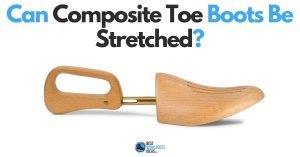
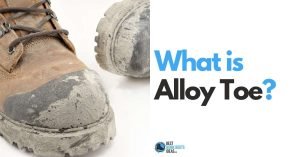
![Carbon Toe vs Composite Toe [featured image]](https://www.bestworkbootsideas.com/wp-content/uploads/2022/05/carbon-toe-vs-composite-toe-featured-image-300x157.jpg)
![how to break in steel toe boots [featured image]](https://www.bestworkbootsideas.com/wp-content/uploads/2023/07/how-to-break-in-steel-toe-boots-featured-image-300x157.jpg)